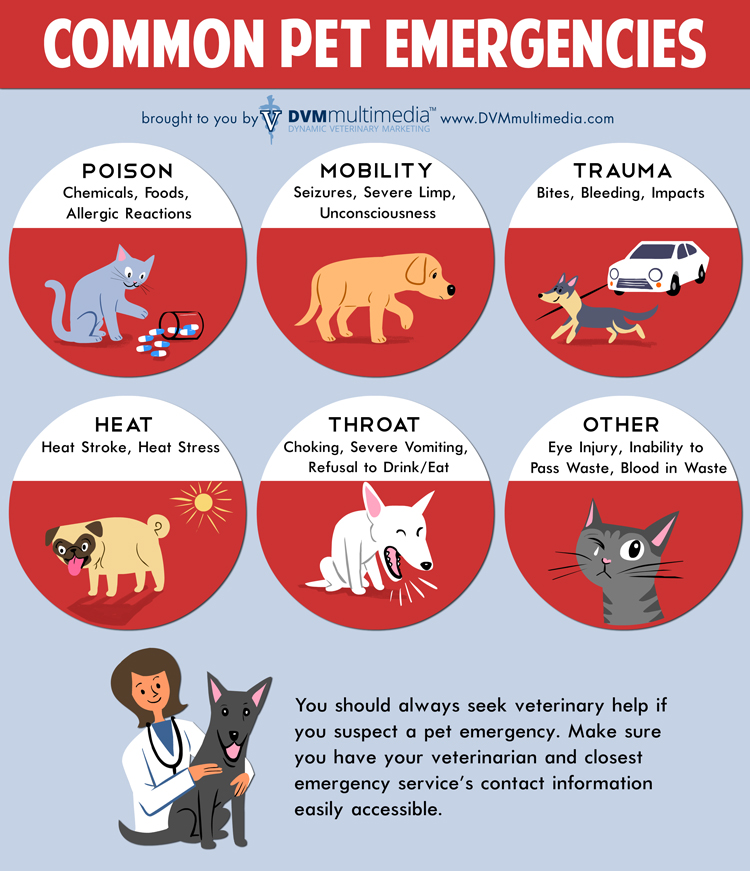In the realm of pet ownership, one cannot overlook the potential for unforeseen emergencies that befall our beloved companions. Imagine a scenario where your furry friend suddenly exhibits signs of distress, and you find yourself grappling with a question that weighs heavily on your conscience: Should you dial 911 or hasten to the veterinarian? It’s a dilemma that many pet owners may face, yet the answer could very well depend on the nature of the emergency at hand.
Firstly, let’s dissect the nuances of what constitutes a pet emergency. While the term “emergency” may evoke images of life-threatening situations, the reality is more complex. Situations such as severe bleeding, difficulty breathing, or unresponsiveness warrant immediate intervention. In such instances, the urgency may justify reaching out to emergency services. However, the scope of emergencies includes a spectrum ranging from serious to less critical issues—this is where the conundrum emerges.
Consider a scenario where your dog ingests something toxic. Your instincts may prompt an immediate call to 911, envisioning ambulances and flashing lights. But is that the appropriate response? Instead, understanding the specifics of the situation guides your decision-making process. In the case of toxic ingestion, contacting a veterinarian directly or calling a pet poison control hotline could be your best course of action. These specialized resources provide targeted advice tailored to your pet’s needs, allowing for efficient resolution without unnecessary escalation.
Analogously, let us explore the case of a cat that suddenly refuses to eat and exhibits lethargy. While these symptoms are alarming, rushing to the emergency room may not always be warranted. A complete assessment of other symptoms is crucial: Is the cat drinking water? Are there signs of vomiting or diarrhea? These details harbor significance in determining the urgency of the situation. If the lethargy persists but there are no alarming symptoms, a timely visit to your regular veterinarian the following day may suffice.
Now, contrasting with these scenarios, some emergencies inherently demand immediate action. These include incidents such as suspected fractures from a fall, persistent seizures, or anaphylactic shock following an insect sting. In these dire situations, the question is not whether to call for help but rather how quickly you can arrive at a veterinary facility. Here, the adage “time is of the essence” rings resoundingly true. The sooner professional intervention occurs, the higher the likelihood of a favorable outcome.
Moreover, the decision to call 911 may also hinge upon your geographical location. In urban environments, where pet ambulances and specialized veterinary services are available, the paths to take become more clear-cut. Conversely, those in rural areas may find that immediate veterinary services are lacking, compelling them to take the direct route to the nearest clinic, regardless of the specifics of emergency protocols.
Another layer of complexity arises from the emotional response of pet owners during crises. Panic can cloud judgment, which emphasizes the need for preparation and education ahead of time. Familiarizing oneself with common pet emergencies and retaining the contact information of local veterinary clinics can significantly aid in navigating stressful moments. Preparing a mental roadmap for emergency situations is vital. Additionally, consider involving all family members in emergency preparedness drills, ensuring that everyone knows how to react and what resources to utilize.
Furthermore, let’s not overlook the power of fostering a supportive community among pet owners. Engaging with others who have faced similar emergencies can provide valuable insights into effective responses, as well as emotional support. Establishing a network helps not only to glean anecdotal wisdom but also nurtures a sense of solidarity during troubling times.
Ultimately, understanding the distinctions between different types of pet emergencies empowers you as a pet owner. The choice between calling 911 or heading to the vet hinges on a blend of knowledge, situational awareness, and personal discretion. With careful assessment and thoughtful preparation, pet owners can approach emergencies with a clear mind, potentially averting missteps in urgent scenarios.
In conclusion, the challenge presented by pet emergencies lies not just in the unexpected nature of these events but also in the decisions they compel us to make. Therein lies the significance of education, preparation, and community. By fostering a deeper understanding of our pets’ health and the appropriate measures to take during crises, we can be more proactive rather than reactive. The next time a situation arises, ask yourself: Is this a moment for immediate action, or can I rely on my resources to navigate the urgency? The answer may well define the best course for preserving our pets’ health and well-being.







